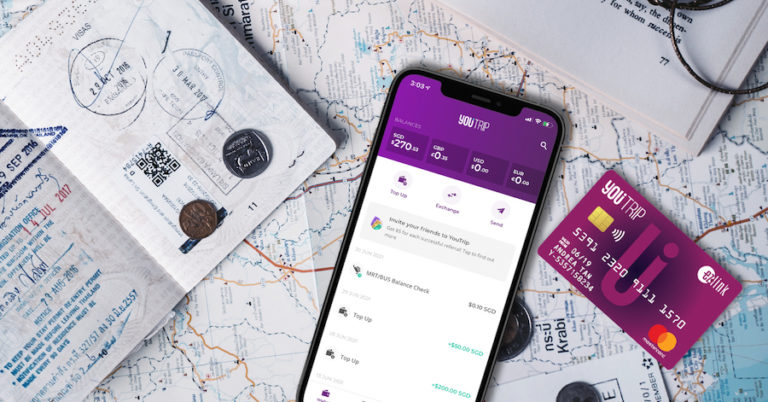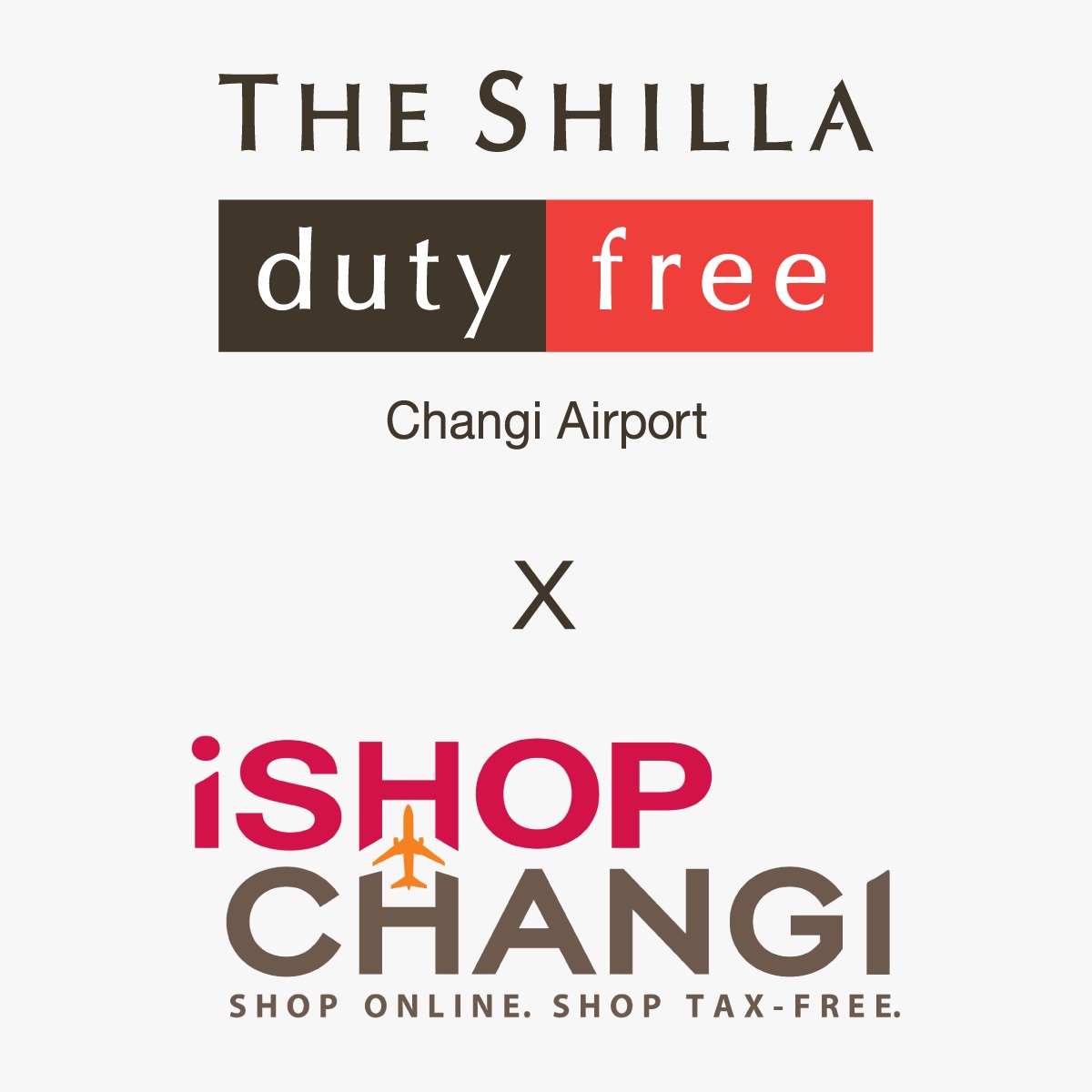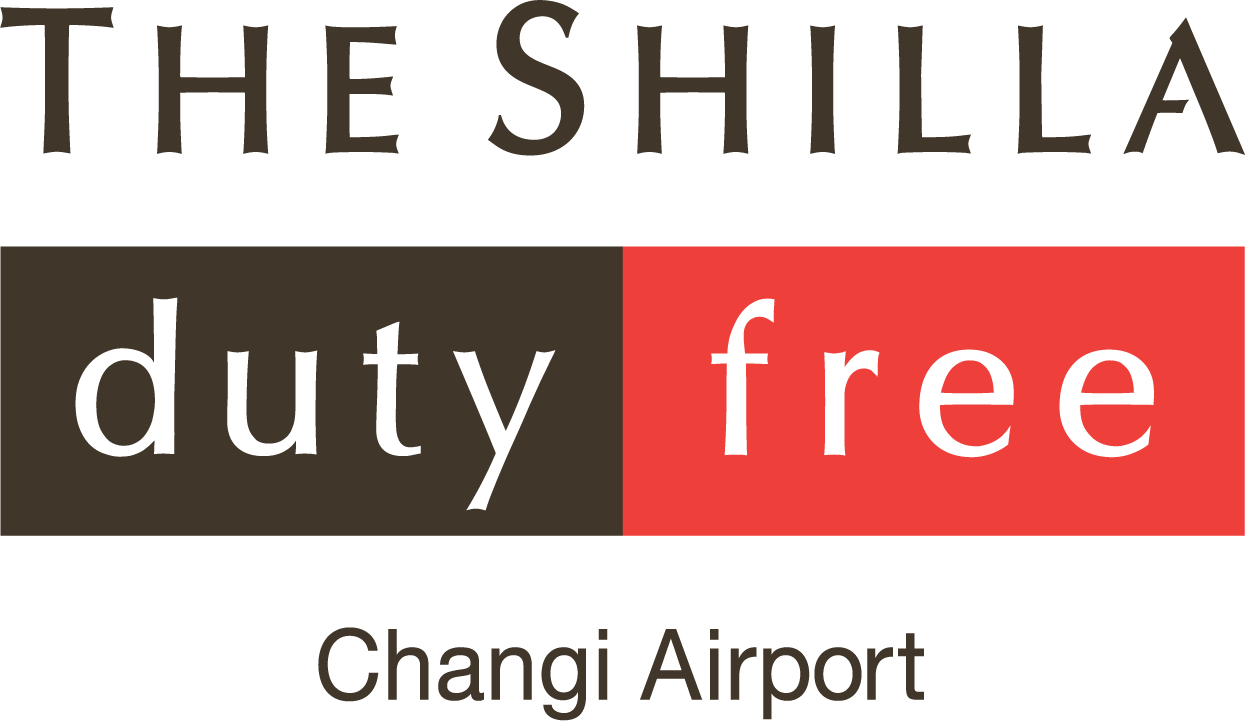Looking to use your credit card for overseas spending? The various foreign transaction fees may make you think twice about using your credit card overseas!
This guide is for two groups of people. For those gearing up to jet set on that long-awaited adventure, we couldn’t be more excited for you! However, even if you’re not planning to head abroad just yet — this one’s still for you. While you aren’t entering those overseas stores physically, we’re pretty sure that you’ll still be using a credit card overseas, overseas online stores, that is. And that’s no small feat; saving ~S$50 on a pair of Apple AirPods from Amazon US or using a VPN to access A&F’s US online store for cheaper clothes is a great way to be savvy with your money.
But what if you’ve been using the wrong card for your payments? What if using your credit card to pay for a cheaper iPad Pro on Amazon US in USD was racking up credit card fees that would end up negating your cost savings?
Guide to Cost Savings For Foreign Currency Payments:
#1: How to Avoid DCC: SGD vs Local Currency
#2: Debit Card Overseas Transaction Fees: Comparison Guide
#3: Credit Card Overseas Transaction Fees: Comparison Guide
Cons of Using A Credit Card Overseas

Sure, spending with a credit card overseas obviously has its perks. It’s easy, convenient, and most of them reward you with either miles or cashback each time you spend. What’s not to love?
When it comes to making foreign currency payments, banks will charge you additional fees that you may not even realise — and that’s something we very much do not love.
How do these fees affect your transactions, you ask? Here’s a breakdown of the various “hidden” transaction fees that come with all your foreign currency payments.
Using Credit Card Overseas: Transaction Fees Guide — Check out which multi-currency card is the best in Singapore
🤔 What Types of Overseas Transaction Fees Are There for Credit Cards?
1. Foreign Currency Transaction Fee: You make an overseas purchase and charge it to your bank-issued credit card in foreign currency.
👉🏻 You’ll be subjected to an additional fee, typically ~3.25% of the converted Singapore Dollar amount.
2. Currency Conversion Fee: You make an overseas purchase and choose to charge it to your bank-issued credit card in Singapore Dollars.
👉🏻 Usually, a ~1% fee is charged to process this conversion.
👉🏻 It may seem like the wiser decision, but Dynamic Currency Conversion (DCC) will kick in and you’ll be subjected to currency exchange rates with high markups – you could end up paying 7% to 15% extra.
Using Credit Card Overseas: Transaction Fees Guide — Here’s a guide to adding your YouTrip card to Alipay & WeChat Pay
Credit Card Overseas Transaction Fees
| Bank | Foreign Currency Transaction Fee | Currency Conversion Fee |
| DBS | 3.25% | 1% |
| POSB | 3.25% | 1% |
| UOB | 3.25% | 1% |
| OCBC | 3.25% | 1% |
| Citibank | 3.25% | 1% |
| Maybank | 3.25% | 1% |
| Standard Chartered | 3.50% | 1% |
As you can see, most banks impose a transaction fee of 3.25%, while a currency conversion fee of 1% is consistent across the board. In addition to the different fees, foreign exchange rates also vary between banks and card associations (Visa, Mastercard, etc.).
Now that you know the numbers that hide behind every foreign transaction on a credit card, let’s do the math on an overseas purchase. For simplicity’s sake, we’ll assume the same exchange rates across all banks, as we compare the different foreign transaction fees.
Using Credit Card Overseas: Transaction Fees Guide — Here’s a guide to understanding petrol holding fees with your YouTrip card
How Much More Do I Pay in Foreign Currency?
Assume you’re on an online store based in the United States and are buying an item that costs US$500 (~S$680.93). You pay with your Singapore credit card and choose to make the payment in USD. Here’s what that transaction will look like on your monthly credit card statement or transaction alert:
| Item Price | Extra Paid (3.25%) | Final Billed Price |
| US$500 (~S$680.93) | + S$22.13 | ~S$703.06 |
Using Credit Card Overseas: Transaction Fees Guide — Find out how to top up your virtual Suica card with YouTrip via Apple Pay
How Much More Do I Pay in Singapore Dollars?
Now assume you’re purchasing the same item on the same US online store. Only this time, you choose to pay in SGD instead. Here’s how that transaction will look on your statement or transaction alert:
| Item Price | Extra Paid (7%) | Final Billed Price |
| US$500 (~S$680.93) | + S$47.67 | ~S$728.60 |
You may notice that in this case, the estimated billed charge is 7% more. Shouldn’t it be only ~1% extra to account for the currency conversion charge?
That’s exactly the bill shock you might get when you receive your transaction alert or eventually check your card statement. Don’t forget that when you choose to pay in SGD while making a foreign currency payment, you allow the merchant to activate DCC which is known for its awful exchange rates. While we can’t put a definite number to this, you could be paying up to 15% more!
Pro tip: Never pay in SGD while making a foreign currency payment. We’ve got just the guide for you to avoid DCC easily. All that being said, how does each payment option weigh against the other?
Using Credit Card Overseas: Transaction Fees Guide — Here’s a guide to the best travel eSIMs in 2024
Option 1: Use a Credit Card
Miles, cashback, and other rewards programmes may entice you to charge all your payments to credit cards, regardless of the fees in place. However, do keep in mind that the additional charges imposed on foreign transactions particularly may negate these benefits, or at the very least make them a lot less compelling, in terms of cost-per-reward.
If you’re not willing to do the math yourself, check out our comparisons of foreign currency spending with cashback credit cards and miles cards to see how it may not be in your favour to make foreign currency payments with a credit card.
With all this in mind, at the end of the day, you’ll only need to ask yourself one question. Are you willing to pay all those extra dollars on unnecessary fees just for some miles or to see a little cash credited back to you at the end of the month?
Using Credit Card Overseas: Transaction Fees Guide — Should I exchange money in Singapore or overseas? Find out more here.
Option 2: Use a Multi-Currency Account-Linked Debit Card
You can choose to sign up for a bank’s multi-currency account that comes with a debit card. The debit card only allows you to pay without fees for their preset currencies. However, when you spend outside of these supported currencies, you’ll still have to pay an extra 3.25% on each transaction. Plus, if you don’t maintain a minimum balance in this multi-currency account, you may be penalised with a fall-below fee.
Using Credit Card Overseas: Transaction Fees Guide — Here are the best places to exchange money in Singapore
Option 3: Use a YouTrip Card

Instead of jumping through hoops or resigning yourself to paying additional fees, you could sign up for a free YouTrip card instead. There are no gimmicks or qualifiers because when we say no fees, we mean it. On top of that, there isn’t any minimum balance to maintain either, nor a minimum spend.
| Item Price | Extra Paid (0%) | Final Billed Price |
| US$500 (~S$680.93) | Zero fees | ~S$680.93 |
With YouTrip, what you see is what you’ll pay. No fees in over 150 currencies so you can buy what you want, without ever having to make a calculation in your head on how much extra you’ll be charged. What’s more, with YouTrip’s Wholesale Exchange Rates, you’ll bag even bigger savings.
Oh, and you can use <YTBLOG5> during your sign-up to enjoy a free S$5 in your account!
For more great tips and guides like this, join our Telegram (@YouTripSG) and subscribe to our free weekly newsletter here or down below! And while you’re at it, why not join the conversation with thousands of #YouTroopers in our very own Community Telegram Group @YouTripSquad? Get tips and tricks to everything YouTrip including exclusive invites to exciting events and experiences, & be part of the #YouTripSquad!
Happy spending 💜
Related Articles
PayPal Currency Conversion Guide
ASOS Hack: How to Save Money With GBP Currency
YouTrip vs Revolut vs TransferWise: JB Weekend Getaway


*All currency conversion rates are accurate to nearest 10 cents on 26 August 2020 SGT 12:30.




















































